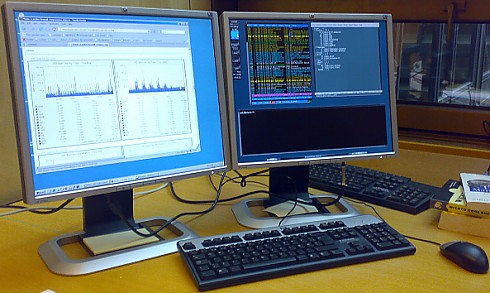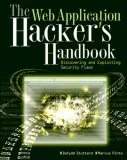How File Deletion Works?
When you delete a file from your computer the file is not actually deleted. The file is not permanantly deleted or dropped from your hard disk. Suppose from a book containing 50 pages, when you delete the page 25, assume that only the entry in the index which points to the page 25 is deleted and not actually the page 25 itself. Likewise when you delete a file from your hard disk, only the pointer which points to this file is removed and not actually the file itself. This file still exists intact and is 100% possible to recover it back in the original condition. In this condition the file becomes invisible and hence appears to have deleted.
Recovering The Deleted Files?
To recover the deleted files all you need to do is perform a scan for the deleted files using a File Recovery Software.
The Phoenix Data Recovery software performs a thorough scanning of the hard disk sector by sector and will locate the existence of deleted files to restore them back in the original condition. It is the only software that supports 185 popular file types including Windows NT Registry, JPEG, MP4, GIF, BMP and MS Word files. The software offers rich graphical support and incorporates advanced scanning methods to completely scan and recover deleted files from your hard drive. With this you can





















